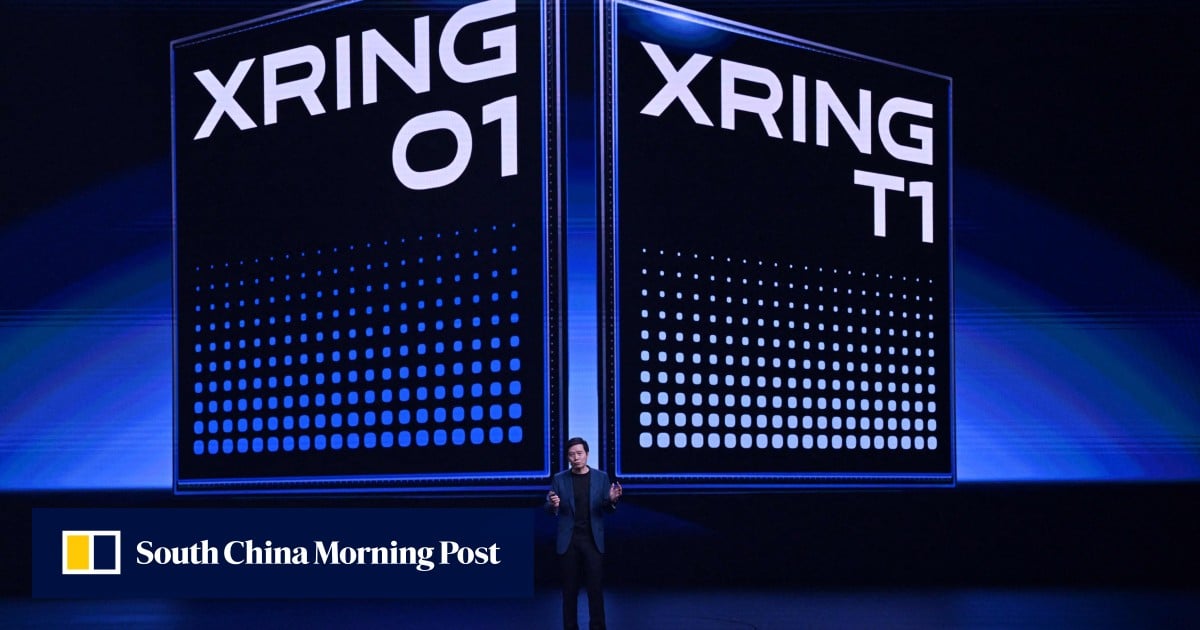
Advertisement
“[XRing O1 SoC] is not based on a complete solution provided by Arm, and claims about it being an Arm-customised chip are groundless,” Xiaomi said on Monday in a post to its official WeChat account. The company emphasised that its in-house team spent more than four years developing the 3-nm chip.
The XRing O1 uses Arm’s Cortex-X925, Cortex-A725 and Cortex-A520 cores, but the company has stressed that other parts of the chip were designed in-house. It did not use Arm’s Compute Subsystems, a pre-validated, production-ready set of integrated hardware and software components meant to simplify design, according to Xiaomi.
Among the different licences offered by Arm are options for modified chips that use Arm’s Cortex cores, or licensing only Arm’s instruction set architecture – similar to Apple, which designs the cores for its A- and M-series chips.
Rumours swirled around which process Xiaomi was using when it was found that Arm’s website described the Chinese firm as using “custom silicon”, which the company defines as ICs tailored to specific customer applications, distinct from general-purpose chips.
Advertisement
Arm does not directly offer customised SoCs, and on Monday the UK-based company updated the page to say Xiaomi’s chip was “self-developed silicon” built on Armv9.2 Cortex central processing unit (CPU) cluster intellectual property (IP), Arm Immortalis graphics processing unit IP, and CoreLink Interconnect system IP.
“With the XRing team’s excellent back-end and system-level design, the XRing O1 delivers fantastic performance and efficiency,” Arm said.

